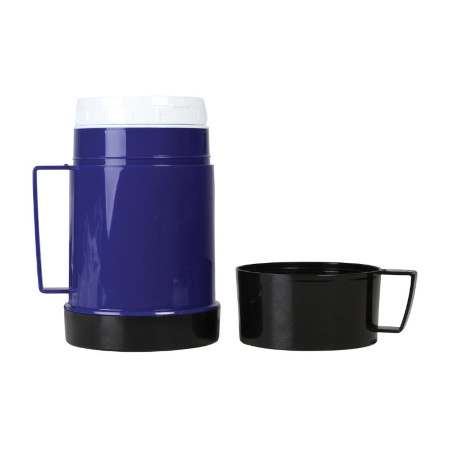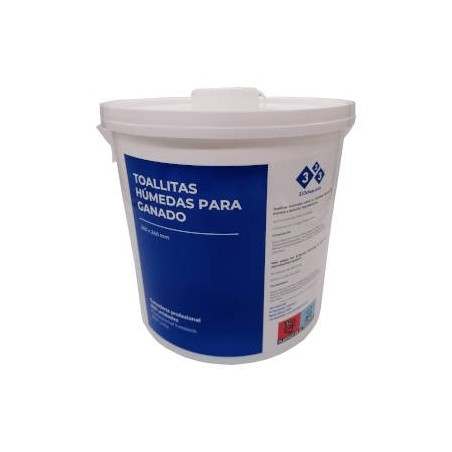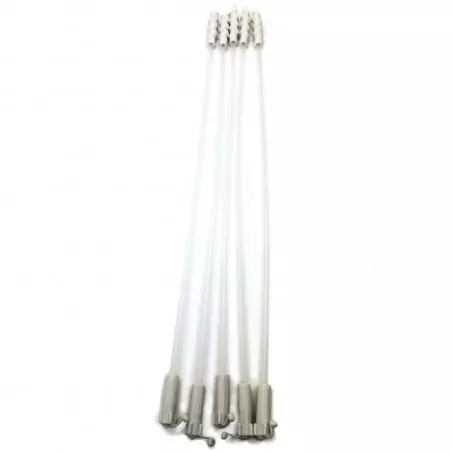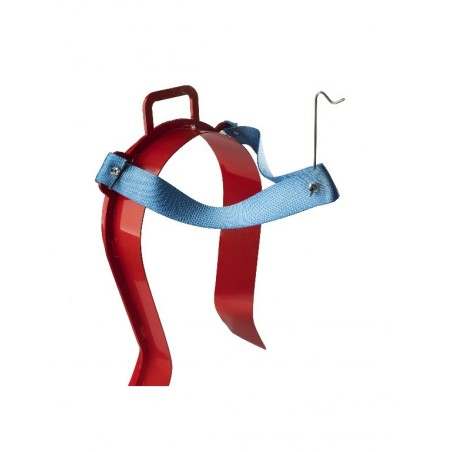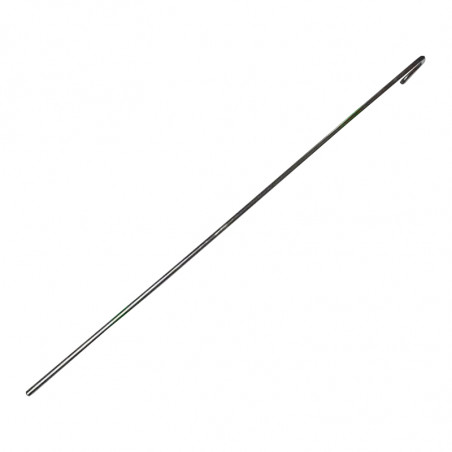In the first experiment, the efficiency of pC-AI in gilts was evaluated using a multi-ring multiparous catheter (MpC), which led to 23.1% of the gilts being successfully inseminated. In gilts where insemination was not possible using an MpC, two alternatives were applied before a second attempt at insemination: 1) Vetrabutin Chlorhydrate (VC) was intramuscularly injected in order to relax the cervix; or 2) Warm extender (WE) was deposited in the cervix to modify the cervical muscle dynamics. After the application of these treatments, the success rates achieved with the MpC were 34.2% and 23.8% for VC and WE, respectively. No statistically significant differences were found in the reproductive parameters measured [farrowing (%), litter size and fecundity index] between the use of MpC, or the MpC combined with VC or WE, compared with gilts inseminated by cervical AI (control group).
In the second experiment, new catheters based on the anatomical characteristics of gilts (GpC) were used, and the rate of successful pC-AI application were compared (experiment 2a): a) MpC: control; b) GpC1: multi-ring catheter of Ø 16 mm and inner cannula of Ø 3.5 mm; c) GpC2: a multi-ring catheter of Ø with an inner cannula of Ø 2.5 mm. The highest rate of successful cannula penetration was reached in the GpC2 group (60.3%) followed by GpC1 (37.0%) and MpC (19.6%) (p < 0.05). There were no differences in the above mentioned reproductive parameters using the three catheters compared with cervical AI method (control group). Moreover, prior cervical AI did not improve subsequent pC-AI application 24 h later (experiment 2b).

In conclusion, Vetrabutin Chlorhydrate, warm extender or the new catheters can be considered as useful tools for improving the success rate of pC-AI technique in gilts.
Iván Hernández-Caravaca, Pedro J. Llamas-López a, M. José Izquierdo-Rico, Cristina Soriano-Úbeda, Carmen Matías, Juan C. Gardón, Francisco A. García-Vázquez. Optimization of post-cervical artificial insemination in gilts: Effect of cervical relaxation procedures and catheter type. Theriogenology 90 (2017) 147e152.





